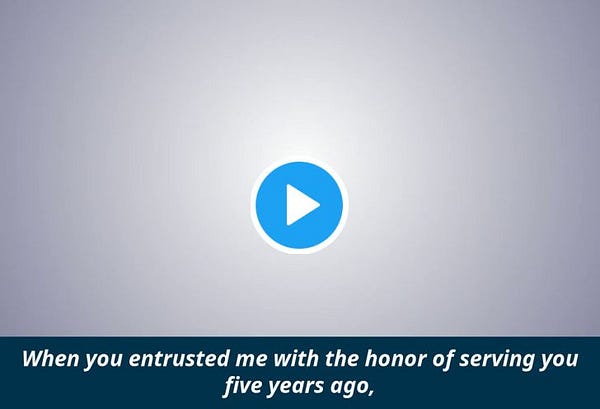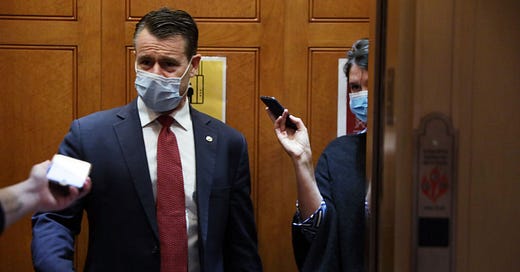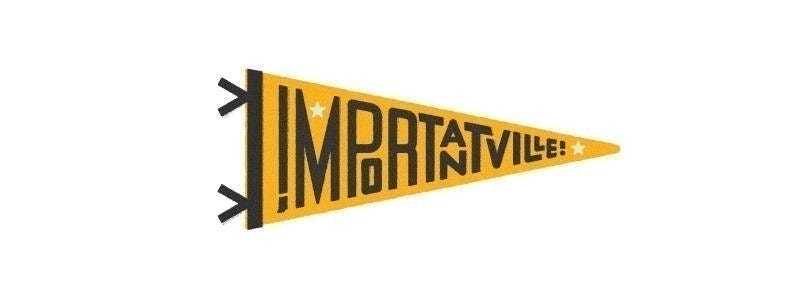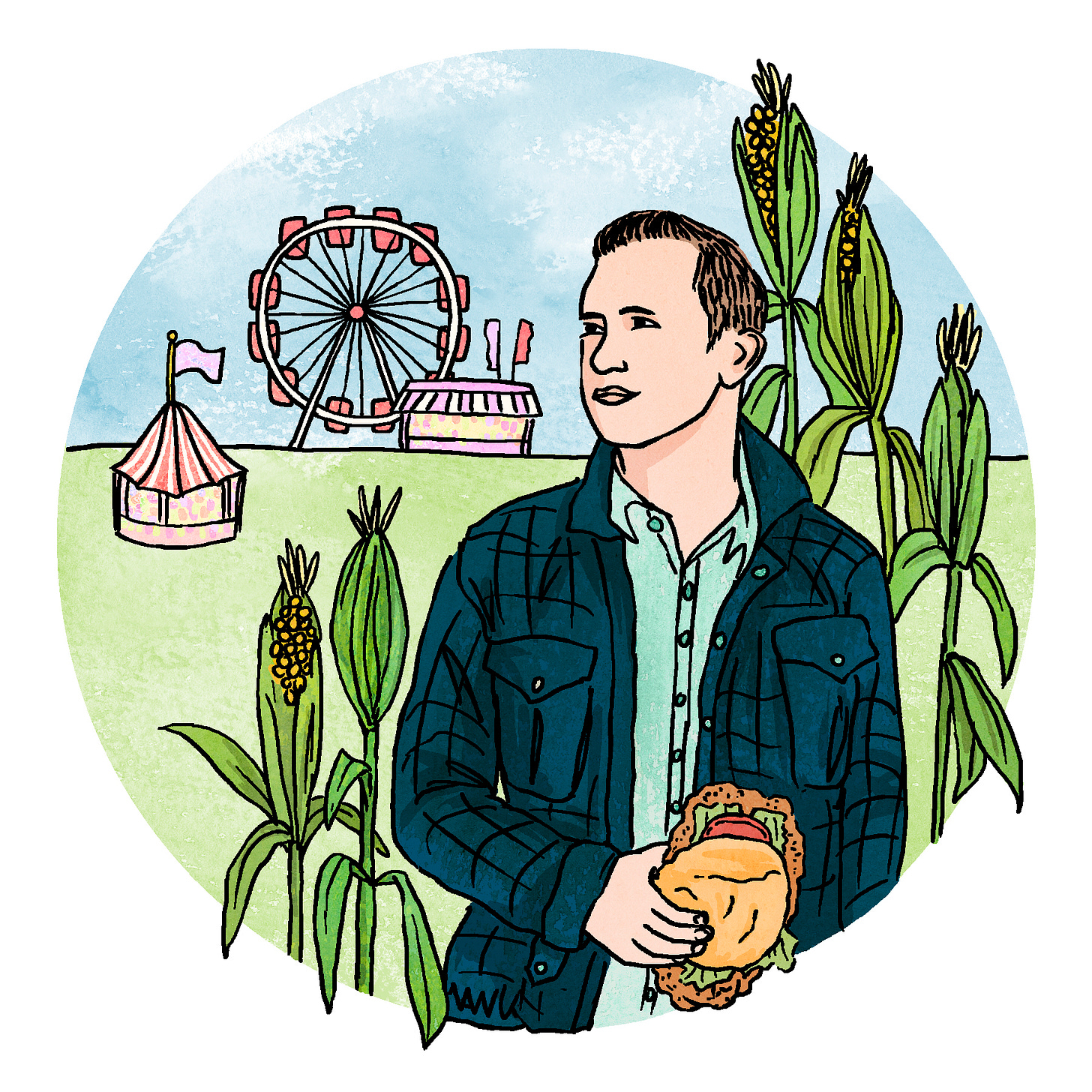Inside Sen. Todd Young's '22 re-elect launch team—Indiana's new HOPE?—Rep. Jim Banks gets national ink
Plus: The vetting document Gov. Holcomb is using in the S.O.S search.
Photo by Alex Wong/Getty Images
Sen. Todd Young launched his 2022 re-election bid this morning, a campaign that is unlikely to solicit any serious challengers on his right flank. Young—a conservative Republican able to strike a more moderate tone on issues who has excelled at getting judicial picks, such as Justice Amy Coney Barrett confirmed—is sitting on a $2.6 million war chest in deep-red Indiana.
In a video announcement posted to Twitter this morning, Young touted his conservative accomplishments.


Young has also put together a dream team of Hoosier and outside operatives. Here’s a look at Young’s campaign operation:
General consultant: Cam Savage, principal of Limestone Strategies, and a longtime Young adviser and Gov. Mitch Daniels veteran.
Campaign manager: Eric Cullen, a national Republican hand who moved here from D.C. where he is president at BEAST Digital.
Finance director: Emily Daniels Spaulding, a veteran of Sen. Mike Braun’s campaign.
Deputy finance director: Reagan Gamache, a former Coverdale Consulting account manager.
Political director: John Holtkamp, an aide to Young while he was National Republican Senatorial Campaign chair.
Digital director: Arpit Patel, formerly the digital director at America Rising based in D.C.
On the Democratic side, Haneefah Khaaliq, an Indiana University-Purdue University in Indianapolis alum and executive director for a Northwest Indiana civil rights agency and human relations commission, announced her campaign in February.
Good Tuesday morning, and welcome back to IMPORTANTVILLE.
INSIDE BASEBALL
Governor Eric Holcomb’s political team is deep into vetting potential candidates for an appointment to follow Connie Lawson as Secretary of State. The stakes are high: The appointee would have a head start for the 2022 race, and the Indiana Republican Party wants to get it right.
The Greenwood law firm Williams Barrett & Wolkoswki is handling the vetting operation. Prospective candidates received an NDA, a release form asking for driving records, court records, criminal history, employment and education records, credit and tax records, among others.
The process also includes a fairly invasive, if standard, 31-page, 50-point questionnaire.
State Rep. Holli Sullivan is still considered the frontrunner, a person close to the search process tells IMPORTANTVILLE.
Here’s a look:
THE IMPORTANTVILLE SITDOWN
On Monday, Brandon Evans and Heather Katrina, the Democrats behind bringing the National Young Democrats of America convention to Indianapolis in 2019, launched a new effort at getting Hoosiers registered to vote called HOPE.
In an interview, they talked about their goals for the organization and the future of Indiana’s Democratic Party.
What is HOPE?
HOPE, Hoosiers Organized, People Energized, is a new, nonpartisan organization that aims to build a better Indiana by ensuring that every Hoosier has access to the ballot box. We’ve seen the impact that year-round organizing can have in states throughout the nation—so we’re bringing the year-round organizing model to Indiana, and we’re starting with efforts to expand Indiana’s voting electorate. HOPE’s work is all about creating a better Indiana for you and your family.
If you can help us reach a new voter, we want you on board. People can get involved at Withhopewewin.com
How did you come up with the idea?
Brandon: The idea for HOPE came from talking with people all over Indiana over the last couple of years and hearing time and time again that they are tired of the status quo in Indiana. I also saw firsthand how some of the best and brightest Hoosiers and their communities were being left out of the decision-making conversations on both sides of the aisles, especially at our statehouse.
When you look at voter turnout or voter registration numbers in Indiana, we regularly rank in the bottom 10 of the country for both. HOPE is focused on solving this problem by streamlining the registration process and creating effective ways to ensure that the voices of every Hoosier are not only heard but organized to expand our state's voting electorate.
Heather: Brandon is always a little modest, but I believe he’s been building the foundation of HOPE for years. From his first days as President of the Marion County Young Democrats, he’s always brought people together to ask us what more we could be doing to build the Indiana we want to see. I’m just one of a group of excited, energized folks that he’s gathered around the table over the years, and now he’s put us all to work.
We all deeply believe that government is best when everyone’s voice is heard, and in Indiana, too many voices are being silenced at the polls. So, when Brandon called me with this idea, it was thrilling—I got goosebumps! The only question left on my end was, “How can I help?”
What are your respective roles?
We are both founding board members.
Heather, will you stay on as communications director with Rep. Cheri Bustos?
Yes, I’m very proud to be a part of the Congresswoman’s team—my role with HOPE is as a founding board member and in a volunteer capacity.
Brandon, you are in the progressive wing of the Indiana Democratic Party here. What would you want more conservative Democrats in Indiana to understand about where you’d like the party to go?
Well, to put back on my partisan hat, I think the best thing about the Democratic Party is our broad coalitions. So I simply want a party where everyone is welcome, and everyone’s voices and ideas, no matter who you are or where you have come from in our state, are listened to and respected.
Also, as a Democrat, I want to do what I know we are capable of doing and win some damn races. But this isn’t about party politics—regardless of party, we should all want to see more people express their voice at the ballot box.
Some of these more pragmatic Democrats look down on digital organizing. They say you have to win with traditional Democratic constituencies like labor, not with people on Twitter? What would you tell them?
Heather: What makes folks think members of labor unions aren’t online? The debate is no longer between digital vs. traditional organizing -- it’s all of the above. The best organizing happens when we reach and motivate as many people as we can, and that means traditional and digital organizing needs to be hand-in-hand. We’re looking to reach people where they are, whether it’s on their computers, phones, churches, campus, or anywhere in between. We need to be knocking on doors (when it’s safe) as we run virtual phone banks and post a few selfies encouraging others to do the same.
How will this operation be funded?
Brandon: Currently, we are funded by grassroots donors, and one of our goals is to diversify that pool as another way to engage would-be donors who haven’t always felt engaged or heard. We are also exploring multiple funding pathways and potential organizational partnerships. If you would like to donate to bring HOPE to Indiana, again, go to withhopewewin.com and follow us on Facebook, Twitter, and Instagram at @withhopewewin
Brandon, put your partisan hat back on: Indiana Dems will elect a new state chair this month. What do you hope that person keeps in mind as they take the new job?
Being the chair isn’t a walk in the park, and often a thankless job. The new chair will face many issues and need to be a problem solver, to say the least. That being said, I would want the next chair to focus on redefining what it means to be an Indiana Democrat. Currently, I think we lack a coherent message and politics that people are excited to vote for. To say it in a simple way, we need to get back to selling the brownie, the end result of electing Democrats, and not the recipe, or the process to get there.
Heather, you have worked in a red state like Indiana, and also work now for a congresswoman who had the responsibility of helping red-state Dems win as a co-chair of the “Red to Blue” initiative of the Democratic Congressional Campaign Committee. What’s the recipe for winning in red America?
While I don’t pretend to have all the answers, I think it starts with conversation at the community level. So often, people get wrapped up in different labels, but the truth is that we all want the same things regardless of who we are or where we live—we all want to be treated with respect, to have the opportunity to work hard, and be successful, for our kids to get a good education and to grow up in a safe, supportive environment. When you start there, it’s easy to continue to build on that common ground, and pretty soon, you start to find more areas where you agree than areas where you don’t. This isn’t just true of Democrats in red areas -- it applies to everyone, no matter what state or district.
And that’s why we’re so excited to launch HOPE. Those community-level conversations have to start somewhere, and they can’t just happen in election years.
Both of you are Democrats, and this is a non-partisan organization. How does that work?
We may be Democrats, but making sure that every Hoosier’s voice is heard at the polls shouldn’t be partisan. We want everyone to be engaged in the democratic process, not just Democrats, and we welcome everyone’s help in that work. Anyone can go to withhopewewin.com and verify or register to vote today, or get involved with our efforts.
Did Stacey Abrams's work in Georgia, another traditionally red state like Indiana, inspire any of this?
Brandon: Of course Stacey Abrams, in general, is an inspiration. But I’d say we looked at other organizations, such as vote.org - a HOPE partner - a national nonpartisan organization with similar goals. Last year, they were able to assist in verifying or registering 34 million people across the country, and that is something we would like to replicate in Indiana.
What does success for HOPE look like one year from now? 5?
Brandon: HOPE has a goal of getting our feet underneath us and adding 100,000 voters to our electorate this year and 500,000 voters to our electorate by the 2024 cycle. I want to be yelling, “started from the bottom now we here” in 2024! and If we can register, engage, and mobilize those voters, we believe both sides of the aisle will prosper, and Indiana can rise in the ranks of voter turnout and registration.
Heather: A rising boat lifts all tides—everyone benefits when more people are engaged in our democracy. If we can try to help 500,000 more Hoosiers be heard at the polls before the next cycle—even just a fraction of that—the entire state will be stronger for it.
IMPORTANTVILLE READS
Gabby Orr, POLITICO: The Republican trying to bridge the Trump-Pence divide
Now, as the GOP debates its relationship with the volatile one-term president, Banks is looking to boost the RSC’s profile by embracing Trump while trying to smooth off his sharpest edges. It’s an approach that could end up satisfying no one in such a polarized moment. But if he succeeds, the group could offer an operating manual of sorts for how the rest of the conservative machine should run between now and 2024 while giving him a prominent platform to rise in the House.
By Jeff Parrott and Andrew S. Hughes, “Pete Buttigieg is selling his house in South Bend to a theater director. 'Lot of memories there.’”
“Lot of memories there,” the former mayor said by phone Monday from Washington, D.C. “It was tempting to try to have our cake and eat it too. South Bend is always going to be home to me. But as a practical matter, we realized that it was time for the house to change hands.”
Buttigieg said he and his husband, Chasten, for now, are “getting used to apartment living” with their dogs, Buddy and Truman.
“This is where I’ll be most of the time and we needed to find a place here, and we’re finding that a dollar doesn’t go quite as far as it does back home,” he said.
That’s all for today. Thanks for reading. What did I miss?









